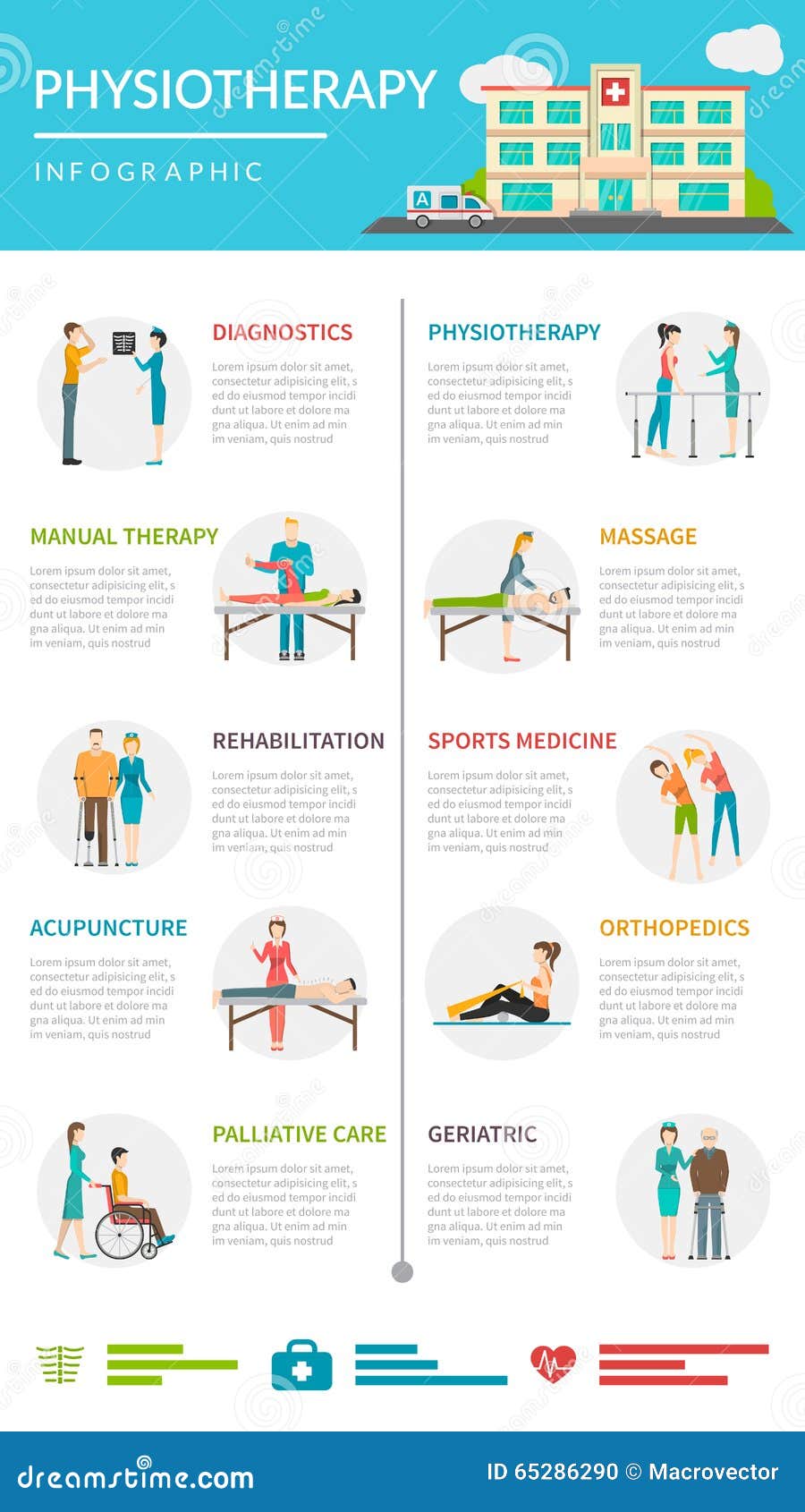Translating The Science Of Cold Laser Treatment: Exploring Its Devices And Repercussions
Translating The Science Of Cold Laser Treatment: Exploring Its Devices And Repercussions
Blog Article
Writer-Rosendahl Hanna
You may have become aware of cold laser treatment as an encouraging therapy alternative for various conditions, however have you ever asked yourself just how it actually works with a mobile level? Understanding laser skin resurfacing mount kisco behind this treatment can shed light on its effectiveness in advertising recovery and lowering inflammation. By discovering the scientific research behind cold laser therapy, you'll gain understandings into the remarkable methods which light can influence mobile procedures and assist in tissue repair.
Exactly How Cold Laser Treatment Works
To understand how cold laser therapy functions, you require to understand the essential principles of exactly how light energy interacts with organic tissues. Cold laser treatment, additionally called low-level laser therapy (LLLT), utilizes particular wavelengths of light to permeate the skin and target hidden cells. Unlike the extreme lasers made use of in procedures, cold lasers give off reduced levels of light that don't produce warm or create damage to the cells.
When these gentle light waves get to the cells, they're soaked up by elements called chromophores, such as cytochrome c oxidase in mitochondria. This absorption triggers a collection of biological responses, including enhanced mobile energy production and the release of nitric oxide, which boosts blood circulation and decreases swelling.
Additionally, the light energy can additionally stimulate the manufacturing of adenosine triphosphate (ATP), the power currency of cells, assisting in cellular repair service and regrowth procedures.
Essentially, cold laser therapy uses the power of light energy to promote healing and ease pain in a non-invasive and mild fashion.
Devices of Action
Exactly how does cold laser treatment actually work to create its restorative results on biological tissues?
Cold laser therapy, also called low-level laser treatment (LLLT), runs with a procedure known as photobiomodulation. When the cold laser is applied to the skin, the light energy penetrates the cells and is absorbed by chromophores within the cells.
These chromophores, such as cytochrome c oxidase in the mitochondria, are then stimulated by the light energy, leading to a waterfall of biological responses. One key device of action is the enhancement of mobile metabolic rate.
The absorbed light power enhances ATP manufacturing in the mitochondria, which is essential for cellular function and fixing. Furthermore, cold laser treatment aids to decrease swelling by preventing inflammatory arbitrators and promoting the launch of anti-inflammatory cytokines.
This anti-inflammatory effect adds to discomfort alleviation and tissue healing.
Healing Effects
Comprehending the restorative effects of cold laser therapy includes identifying how the improved cellular metabolic process and anti-inflammatory residential or commercial properties add to its positive outcomes on biological cells.
When https://knoxkculc.kylieblog.com/29527372/learn-about-the-efficiency-of-cold-laser-treatment-for-ideal-stress-and-anxiety-alleviation-a-complete-guide is put on the damaged location, it boosts the mitochondria within the cells, leading to boosted production of adenosine triphosphate (ATP), which is critical for mobile feature and fixing. This increase in mobile power increases the healing process by advertising cells regrowth and reducing swelling.
In addition, the anti-inflammatory buildings of cold laser treatment help to reduce discomfort and swelling in the targeted area. By preventing inflammatory mediators and advertising the release of anti-inflammatory cytokines, cold laser therapy help in reducing pain and improving the overall healing feedback.
This decrease in inflammation not only gives instant relief however additionally sustains lasting tissue repair work.
Verdict
In conclusion, cold laser treatment functions by promoting cellular fixing and tissue regeneration through photobiomodulation. Its anti-inflammatory residential or commercial properties offer pain relief and decrease swelling by inhibiting inflammatory conciliators.
This therapy provides an extensive approach to healing, supplying both instant alleviation and long-lasting tissue fixing advantages.
Via its systems of activity, cold laser treatment shows to be an effective and promising therapy alternative for a range of conditions.
